
Vibrant Environment
Governance And Rule Of Law
All | Biodiversity | Climate Change and Sustainability | Environmental Justice | Governance and Rule of Law | Land Use and Natural Resources | Oceans and Coasts | Pollution Control

Even after lawmakers leave the capital for their August recess, there’s still a summer buzz in the air at ELI’s offices in Washington, D.C. From June through August, nearly every open desk is filled by a volunteer, intern, or law clerk working to further ELI’s mission and support its many programs around the world. This summer, I was fortunate enough to spend a brief three months in the nation’s capital as one of those students. My fellow interns and law clerks hailed from as far as U.C.

When a public company describes the impact of a proposed regulation, it must consider two audiences: regulators and financial markets. It would like to sway the regulator by emphasizing how stringent regulations could cause job losses or reduce investment. But it may wish to convince investors that the company will thrive in the face of any plausible regulatory outcome.

In response to reputational pressures and economic incentives, many companies tailor their product design, purchasing decisions, and management systems to reflect environmental considerations. Because consumers usually can’t observe these benefits in a company’s products or services, firms increasingly turn to environmental certification schemes or “ecolabels” to highlight their achievements.
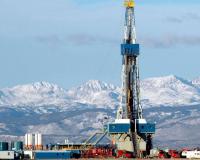
On July 3, 2017, the D.C. Circuit ruled against the Trump Administration in Clean Air Council v. Pruitt, holding that it could not delay an EPA rule limiting methane pollution from oil and gas drilling. The 2016 rule was part of the Obama Administration’s regulatory strategy to reduce emissions of methane, a greenhouse gas roughly 25 times more powerful than carbon dioxide.
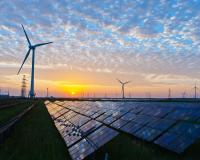
Despite President Trump’s decision to withdraw the United States from the Paris Agreement, U.S. cities and states, as well as nations around the world, remain committed to addressing climate change, in many cases stepping up their efforts. But even had Trump decided otherwise, the Paris Agreement would not do enough to reduce the risk of catastrophic climate change.
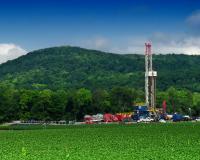
In a landmark decision issued June 20, the Pennsylvania Supreme Court confirmed that Pennsylvania’s Environmental Rights Amendment, adopted in 1971, creates a “public trust” in Commonwealth resources as the “common property of all the people including generations yet to come.”
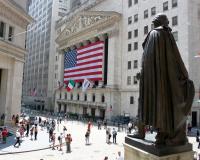
Sustainable investment firms, state pension plans, and advocacy groups are influencing businesses’ sustainability practices through a variety of shareholder engagement approaches. A key tool is the shareholder resolution – a proposal put forth by a shareholder or group of shareholders – that is included in a proxy statement and subject to a vote of the corporation’s shareholders.
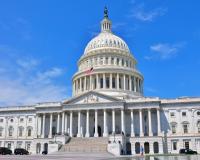
Federal regulations undergo a lot of review during their development and drafting by federal agencies: input from government attorneys and economists, rounds of public comments under the Administrative Procedure Act, review by the Small Business Administration, and—often most significantly—review by the regulatory gatekeepers housed at the Office of Management and Budget’s (OMB’s) Office of Information and Regulatory Affairs (OIRA).

“Sustainability” was introduced in environmental policy discourse 30 years ago, when the World Commission on Environment and Development published Our Common Future, charting a path for development that “meets the needs of the present without compromising the ability of future generations to meet their own needs.” But as Scott Fulton, David Clarke, and María Amparo Albán write in the June issue of
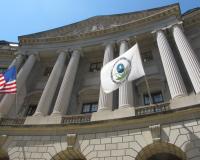
In the midst of gigantic political divide, on May 4, 2017, the Senate passed a continuing resolution that will finance the government through September 2017. The details of the resolution saw many environmentalists cheer as the U.S. Environmental Protection Agency (EPA) saw a modest cut to its budget to the tune of $80 million, a 1% cut overall. This victory came on the heels of a threatened cut of 31% in the president’s proposed budget.